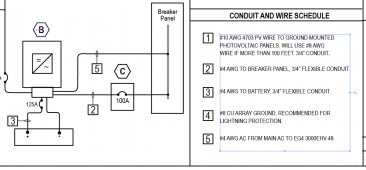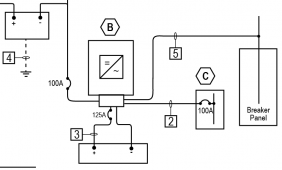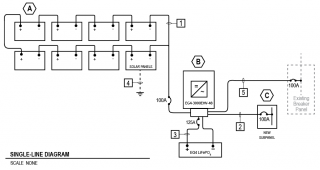The local permit agent thinks I need a "grid tie relay" between the EG4 all-in-one unit and the house panel which will govern particular appliances and not general appliances. He's of the mind that the unit cannot govern when the grid is used for appliances and when the solar or battery is used. I thought the EG4 3000EHV would do that, but he's not familiar with it.
I tried over 3 weeks to find an electrician that could give me the answer and none will talk to me about it—they're all busy with new construction and don't want to be bothered.
I'm attaching my electrical plan (created by me), but I realize it's fuzzy on how the EG4 will connect to the panel because I haven't been able to get an electrician to help. I was hoping the permit office could tell me, but no. I was suspicious I might need a subpanel between the EG4 and the panel, but again, no help.
Hoping someone can?
Thanks in advance.
Ron
I tried over 3 weeks to find an electrician that could give me the answer and none will talk to me about it—they're all busy with new construction and don't want to be bothered.
I'm attaching my electrical plan (created by me), but I realize it's fuzzy on how the EG4 will connect to the panel because I haven't been able to get an electrician to help. I was hoping the permit office could tell me, but no. I was suspicious I might need a subpanel between the EG4 and the panel, but again, no help.
Hoping someone can?
Thanks in advance.
Ron





